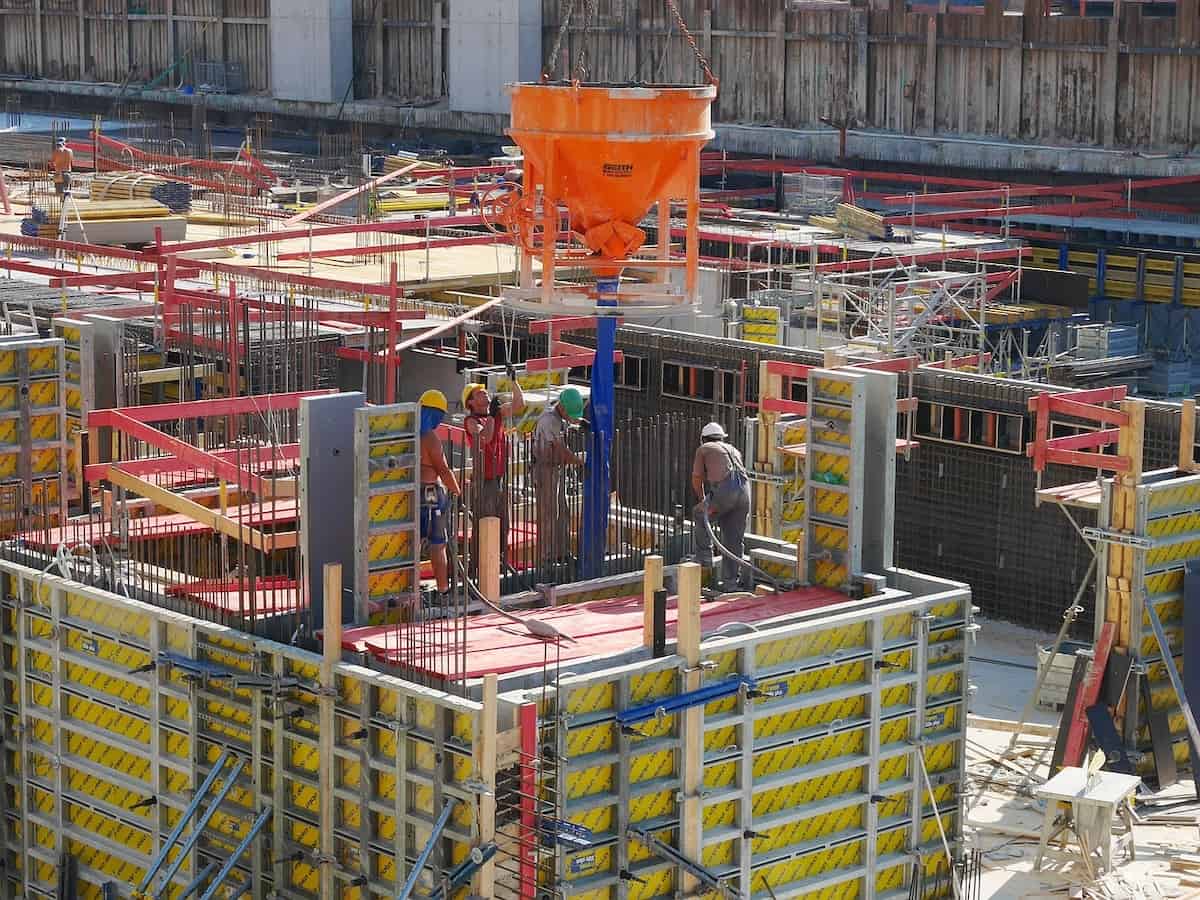When embarking on a big construction project, the devil is in the details. It’s not just the grand blueprints or the towering cranes that bring a vision to life. It’s also those small but mighty components that hold everything together.
Selecting the right nuts and bolts, washers, and connectors isn’t just a mundane task—it’s about making wise choices for safety and longevity. So let’s gear up because finding the perfect pieces for this complex puzzle is crucial to your project’s success.
From analyzing your construction needs to understanding threaded rods, this guide will navigate you through picking each of many small components with confidence.
Tips for Choosing Different Small Components for Your Big Construction Project
Understand Your Construction Needs
Before you purchase those small components, it pays to take a step back and reflect on the bigger picture! Ask yourself, what are the specific requirements of your construction project?
Assess factors such as structural loads, environmental conditions, and material compatibility to ensure you choose components that best fit the bill.
This initial evaluation sets the foundation for selecting small components that are not only compatible with your design but also capable of standing up to the demands of your project.
Picking Industrial Fasteners
You might be surprised, but even industrial fasteners can make or break a project. It’s critical to understand the various types available and how they match up with your needs.
Consider strength ratings, corrosion resistance, and ease of installation among other factors. By doing so, you ensure that your construction stands the test of time—and stress.
The right fastener in the right place means security and stability for your entire structure.
Choosing High-Quality Nuts and Bolts
For nuts and bolts, quality should always be a priority. These little heroes hold your project together, literally. To help you make an educated choice, here’s a quick checklist:
- Check the grade: The strength of your bolts is paramount.
- Materials matter: Stainless steel? Zinc-coated? Make sure they fit the environment.
- Thread integrity: Ensure threads are clean and undamaged for secure fastening.
- Compatibility is key: Bolts and nuts must perfectly match in size and threading.
Go through this list when selecting your nuts and bolts to secure peace of mind that your structure is built to last. Cutting corners on these could lead to big issues down the line.
Opting for Durable Washers
Don’t underestimate the power of a good washer. Placed between bolts and nuts holding the main construction material, these flat discs may seem unassuming in their role. But they distribute the load, prevent damage from tightening, and ensure a firm hold.
It pays to select washers that match the durability and material of your other components to create a harmonious build. Whether it’s resisting vibration or preventing corrosion, choosing the right washers is a small step that makes a significant impact on the integrity of your project.
Picking Reliable Concrete Anchors
Concrete anchors are the unsung heroes of construction, offering that steadfast grip where it’s needed most. When selecting the appropriate anchors for your project, think about the specific load requirements and the concrete’s condition.
There’s a variety to choose from, including light-duty plastic anchors, expansion anchors for heavier loads, and chemical anchors for maximum strength.
Make your choice based on whether the anchor will be under tension or shear loads, and how permanent the fixture needs to be. This could help ensure a rock-solid foundation for your construction project and a structure that lasts for years to come.
Sourcing Quality Timber Connectors
Timber is by far among the most widely used materials in construction projects, appreciated for its versatility and warmth. However, without the right connectors, wood structures can be vulnerable to forces that threaten their stability.
Selecting the proper timber connectors is thus not only about aesthetics but also about safety and durability. Consider factors like:
- Load-bearing capacity
- Compatibility with your timber’s properties
- Potential exposure to elements like moisture or insects.
Choosing high-quality connectors ensures that wood joints can handle the stresses of their environment while maintaining structural integrity over time.
Also, select products from reputable manufacturers with a track record of excellence. This secures your project’s longevity right from its wooden core.
Selecting the Right Threaded Rods
Threaded rods are a foundational element in construction, used to stabilize structures or as anchor bolts. It’s vital to pick the right type of threaded rod for your project, understanding that choices vary by strength, material, and application. Here’s where detailed knowledge about threaded rod grades comes in handy.
They range from soft steel suitable for light-duty purposes to robust alloys for industrial use. Look into the specifics:
Grade 2 rods are quite common, but if you’re dealing with heavy loads or extreme conditions, you’ll need something like Grade 5 or even Grade 8.
Consulting with a structural engineer can give you a clearer picture of what grade is needed for your construction’s unique demands.
The Importance of Quality Over Price
In construction, cutting costs on small components can lead to expensive repairs down the line. Always prioritize quality over price.
Investing in superior materials and components now could mean managing costs and savings on maintenance while also avoiding potential hazards in the future. It’s a financial decision that also ensures safety and excellence in your finished project.
As you put the finishing touches on your construction project, remember that strength lies in the details. Choose each component with care, and watch as your blueprint transforms into a lasting edifice.

